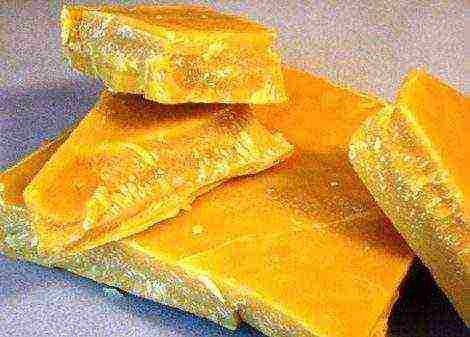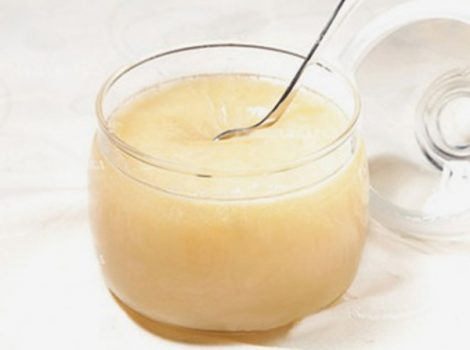Content
How to determine the quality and naturalness of honey
The beneficial properties of honey are well known. It is used not only as a sweetener, but also as a remedy in the treatment of colds. It has antibacterial, antiviral, soothing and healing effects, it helps to strengthen the immune system and increase vitality.
The high cost of a natural product is a direct consequence of the complexity of its production. But even having paid a considerable price for this product, one cannot always be sure of its quality. Counterfeiting is not a new phenomenon.
A reference to unscrupulous traders is contained in the "Encyclopedia of Beekeeping" published by the American entrepreneur and great enthusiast of this field of agriculture Amos Ruth in 1876.
How is natural honey counterfeited?
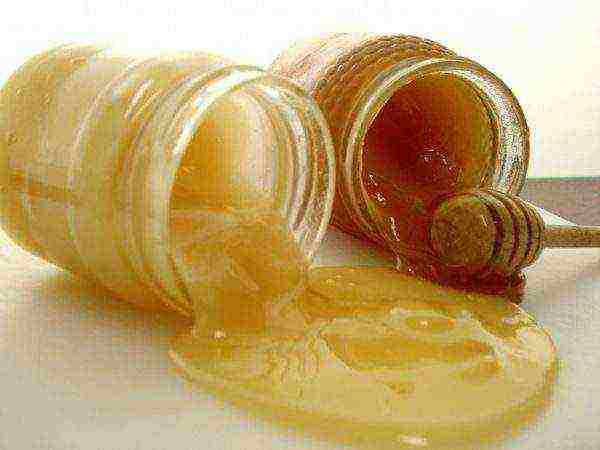
The current counterfeits can be divided into three groups:
- Natural with addition foreign substances designed to increase the total volume and density of the mass;
- Products, derived from the mixture sugar and water, with the addition of dyes and flavors;
- Sugar.
The method of falsification, described by Ruth in the 19th century, is still used today.
Since the days of Amos Root, honey counterfeiting technologies have improved. Now artificial mixtures are made from invert sugar and sucrose and added thickeners, among which you can find corn and potato starch. High-quality counterfeits can be difficult to identify even with the help of professional expertise. Fortunately, they are rare.
Another method of obtaining honey is used by unscrupulous beekeepers. Instead of waiting for the bees to collect useful pollen, the insects are fed regular sugar syrup. Sugar honey obtained in a similar way has no useful properties.
How to distinguish a quality product from an artificial one
Good taste
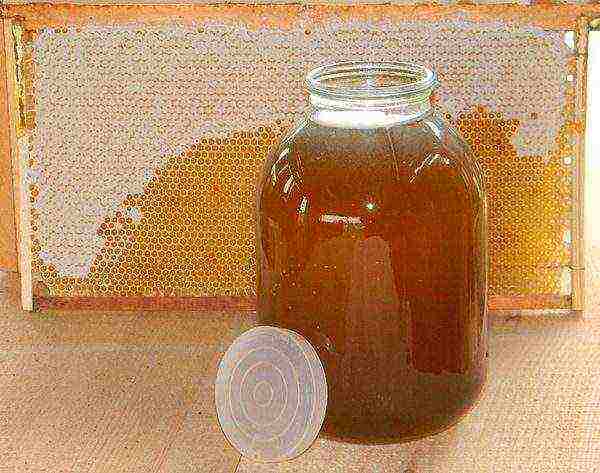
The taste of natural honey is sweet with a tart note, which is especially noticeable in buckwheat and chestnut. This product leaves behind a pleasant aftertaste. Counterfeits will have an unremarkable sweet taste., in some cases a little luscious.
Natural color
It can range in color from white to dark brown. Each variety has its own characteristic color. Honey collected from white acacia flowers is almost transparent in a liquid state.
Buckwheat honey has a rich brown color with a reddish tint. The white product may well be not from plant pollen, but from sugar syrup.
Correct consistency
The structure of natural and artificial honey is strikingly different. Rubbing a drop of it with your fingers, you will notice that it disappeared without residue, quickly absorbed into the skin. Having done the same with a fake, you will feel that small lumps remain on the skin.
Honey tends to crystallize after several months of storage. If they are trying to sell you a liquid product in the middle of winter, then this is an alarming sign.Such a product was either made from sugar syrup or heated before being sold. Honey heated above 40 degrees loses its beneficial qualities.
Viscosity check
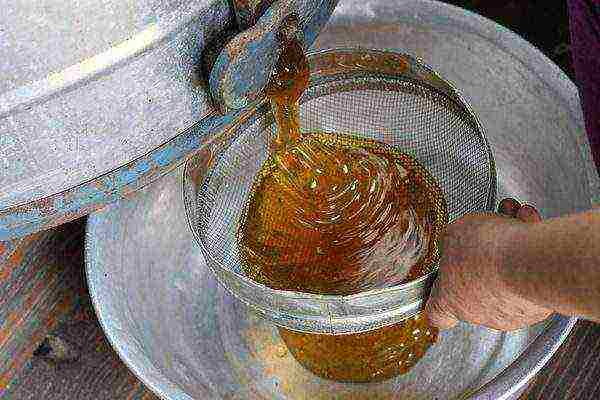
An important indicator and condition for determining the authenticity of naturalness is its viscosity. Dip a clean spoon into a bowl of honey, and then slowly remove it. The real product should follow the spoon. continuous thread. When the substance drains from the spoon, it forms a visible trace on the surface, which slowly dissolves.
Scent
The smell is the hardest to fake. The aroma of a natural product is thick and fragrant, you can distinguish notes of melliferous plants in it. The product made from sugar does not have a pronounced aroma. How to check? If you find it difficult to smell, then this is a fake.
Determine sugar
Whether there is sugar in the product can be determined using tissue paper. To do this, drop honey on a paper napkin or a sheet of blotting paper.
Damp spots will indicate that the product is artificial.
How to check real honey at home?
Whether you have natural honey or not, you can dispel it with a few simple procedures. How can you distinguish honey and know its quality?
Drop of iodine
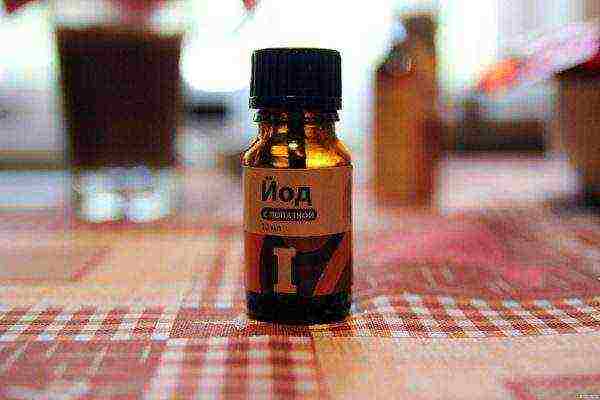
Dilute a small amount of honey with water, add a drop of iodine to the mixture. If after that the solution turned blue, then this means that it contains starch or flour.
With bread
Place a slice of bread in a bowl and let sit for 5-10 minutes. If after this time the bread has retained its shape, then this is a natural product. If the bread is soft and crawled, then this is a clear sign that the product was made on the basis of sugar syrup.
Pencil
Drop honey on the back of your hand or a piece of paper and spread it in a thin layer. Run a regular chemical pencil over the surface. A bold line will indicate the presence of water in the product. The absence of a noticeable trace will mean that you have undiluted honey in front of you.
Vinegar

Dissolve a teaspoon of honey in water, add a few drops of vinegar to the mixture. If this is followed by a hiss, then this is a sure sign that the product contains chalk.
Identify a fake with water
Place a spoon in a clear glass of warm water and stir. The natural product will dissolve without residue, slightly staining the water. If there are impurities in the product, they will either precipitate or float to the surface.

The best way to protect yourself from fakes is to purchase homemade honey from a beekeeper you know. In order to choose a trustworthy person, ask if he sells honeycombs.
Buy honey in season, because real beekeepers sell it as it is made. If you buy honey from a store, check and pay attention to the correct label. A fake product can harm your health.
